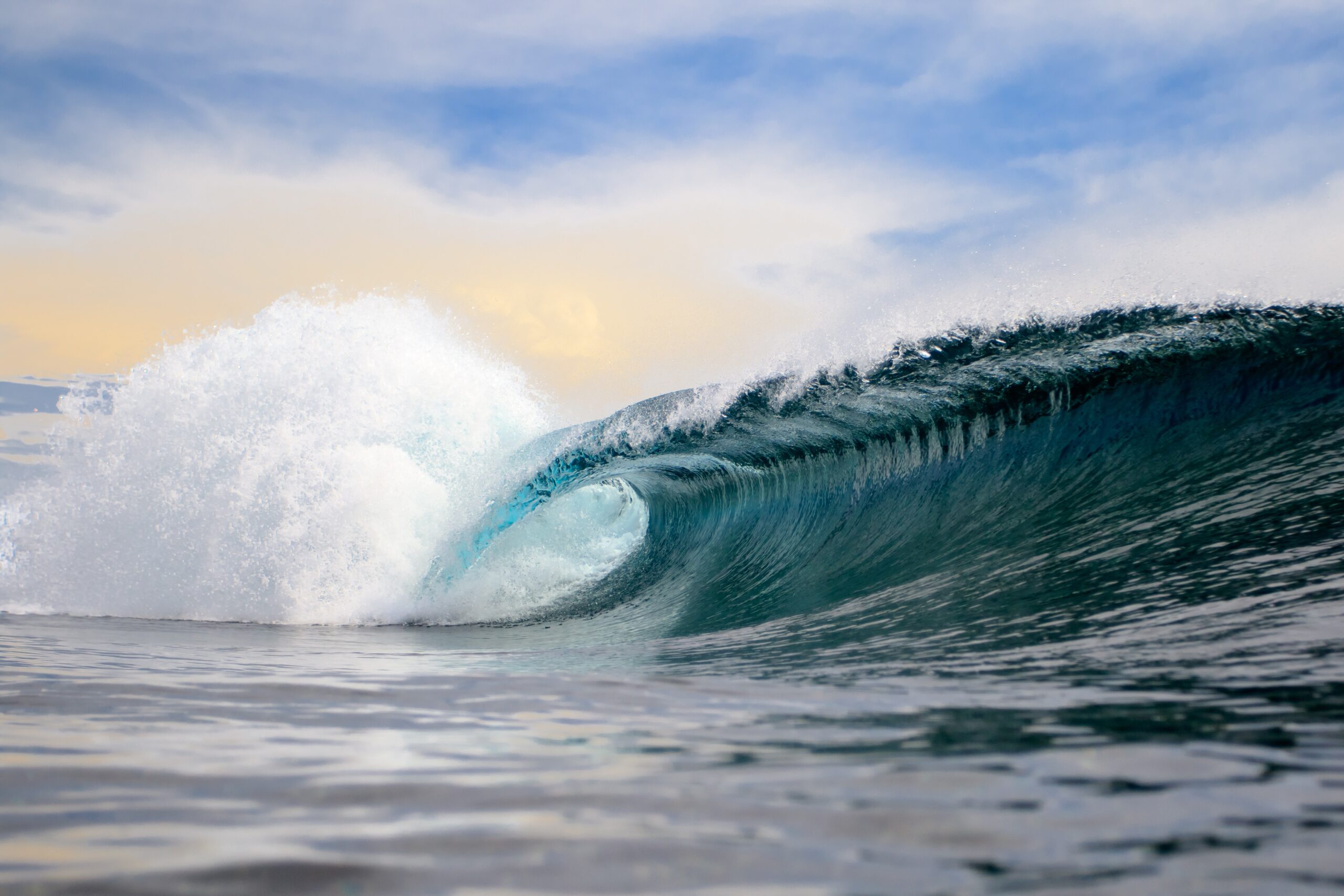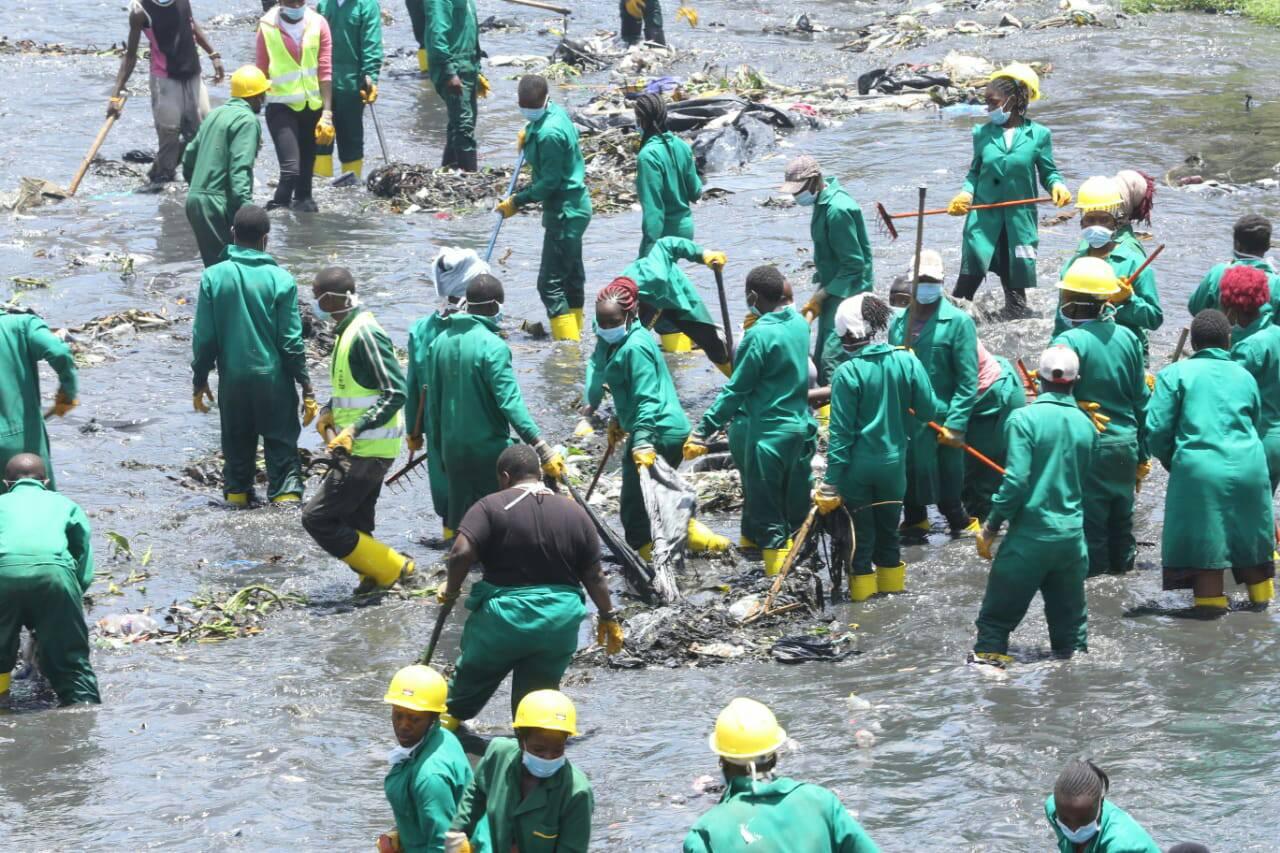
Troubled Waters: Population growth and climate change
The theme of this year’s World Water Day is ‘valuing water’. The impact of the climate crisis and population growth alongside lack of progress towards Sustainable Development Goal 6: ‘Water and sanitation for all’ shows we have a long way to go to learn the true value of the world’s most invaluable resource, writes Population Matters Campaigner Katrina Dixon.

In Hot Water
The most immediate effects of the climate crisis are already playing out through the world’s water supplies. Higher temperatures and more extreme weather patterns caused by climate change affect the availability and distribution of rainfall, snowmelt, river flows and groundwater. This exacerbates water scarcity and deteriorates water quality.
Rising global temperatures ensure that water evaporates in larger amounts, leading to higher levels of water vapour and more frequent heavy rainfall. As more land is taken for housing and agriculture, less natural drainage is available and more flooding will occur. 85% of wetlands are estimated to have been lost since the pre-industrial era and this rate of loss is still accelerating. In the city of London, gardens, which provide valuable natural drainage, are being lost at the rate of an area two and a half times the size of Hyde Park every year.
At the beginning of the coronavirus outbreak in early 2020, the Nairobi river flooded its banks, displacing more than 200,000 people.
“The rain was like horror,” – Fredrick Okinda, from Empower to Plan partner Komb Green

Whilst some areas are facing up to increased flooding, others will experience more frequent droughts, further adding to water scarcity and impacting the health and livelihood of populations as well as degrading local ecosystems. Population growth only increases the pressure on water supply: in sub-Saharan Africa, the number of people lacking safely managed drinking water has increased by more than 40% in the past twenty years. Here, water usage is unsustainable: many countries within Northern Africa and Asia withdraw all their renewable water resources every year, or even more – up to 1,000% – and rely on non-renewable resources to meet water needs, some of which will eventually run dry.
With growing populations comes an increase in agriculture to meet global demands for food, adding pressure to the world’s water supply: three-quarters of the world’s freshwater resources are now devoted to crop or livestock production. Agricultural demands can put pressure on the natural environment, causing agro-climatic shocks: in Samburu, Kenya, increased agricultural outputs have led to severe droughts.
“When you look at this forest there before, that is 80s and late 70s, you could get water all over in these streams. Water was just flowing everywhere, the land was so beautiful, the forest was very dense. When you compare that time and now, when you go down there, you’ll hardly get water. It drains very quickly. The place is eroded.” – Barsaloi man, Kenya
Did you know…
Women and children are worst affected by a lack of access to clean water. Children because they are more vulnerable to diseases of dirty water and women and girls because they often bear the burden of carrying water for their families for an estimated 200 million hours each day.

Running Dry
Water scarcity and a growing lack of access to clean water is not limited to the Global South. In the USA, where inhabitants are the world’s most profligate users of water, it’s predicted that many regions could see their freshwater supply reduce by as much as a third in less than fifty years.
As the US supply decreases and population increases, demand will grow. On average, each American uses 80 to 100 gallons of water every day, with the nation’s estimated total daily usage reaching 345 billion gallons. It’s expected that by the end of the century the population of the USA will have grown by another 200 million people, reaching a total of some 514 million people, all in need of clean water.
In the UK, the densely-populated south-east of England is ranked in the bottom 10% of global regions for its ability to supply water to its inhabitants. It’s predicted that in London, where population is forecast to increase by another 2 million people to almost 11 million inhabitants by 2050, water demand will exceed supply within the next decade alone. Here, average water consumption is over 5% of the national average. Despite commonly held beliefs, rainfall in London is lower than many comparable cities around the world. Low rainfall, unpredictable weather alongside drier and hotter summers as a consequence of climate change, and pollution problems in the city’s key water sources – the Thames and Lea rivers – make for a perfect storm.
In 2017 the Committee on Climate Change highlighted shortages in water supply as one of five priority climate change risks that needed stronger policies and urgent action. Research commissioned by the Committee estimated the demand for water in England will exceed supply by between 1.1 billion and 3.1 billion litres per day by the 2050s, depending on two critical factors: the extent of climate change and population growth.
“By 2040, we expect more than half of our summers to exceed 2003 temperatures. That will mean more water shortages: by 2050, the amount of water available could be reduced by 10-15%, with some rivers seeing 50%-80% less water during the summer months.” – Sir James Bevan Chief Executive Environment Agency UK
The growth of urban areas around the world has resulted in an increase of more than 50% in the number of city inhabitants without access to clean drinking water over the past twenty years, whilst half of the world’s cities already experience water scarcity. It is projected that the continued growth in urbanisation coupled with population growth will see another 2.5 billion people living in urban areas by 2050, more than doubling the number of city dwellers since 2018 and placing increasing strain on water sources and infrastructure.

SDG 6: Dead in the Water?
The UN admitted in its latest update report for Sustainable Development Goal (SDG) 6 that despite global efforts so far, the world was off-track to meeting the vital goal of providing water and sanitation for all, even before the coronavirus outbreak. Although 1.6 billion people have gained access to safe drinking water since 2000, 29% of the world’s population still lacked safe drinking water at home, a percentage that is likely to rise alongside population growth unless progress is accelerated. 2.3 billion people currently live in water-stressed countries.
Meanwhile, one-fifth of the world’s water basins are experiencing rapid changes in the area covered by surface waters, including flooding in some areas and drying up in others, whilst only 59% of domestic wastewater in reporting countries is safely treated before draining into the local environment.
A Priceless Resource
Climate change is a driver of water stress, scarcity and the degradation of water quality. No price can be placed on water: it underpins all life on earth and sustains our ecosystems. As we head towards climate catastrophe, and with more people living than ever before, there is a vital need to protect the earth’s water systems.
“No water, no life. No blue, no green.” – Sylvia Earle, Marine Biologist
Download our briefing on the relationship between population and climate change.

